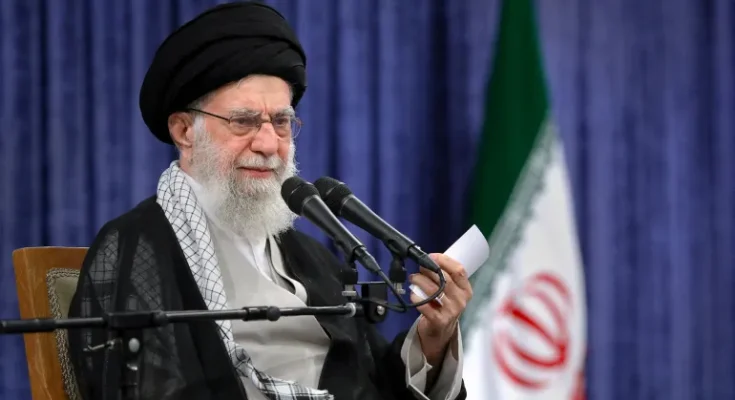Iranian Supreme Leader Ali Khamenei has warned that Israel faces a ‘bitter and painful’ fate following the attack.

Israel has attacked several Iranian nuclear facilities and military sites, and carried out assassinations of top military officials and nuclear scientists. An initial wave of strikes was carried out on Friday morning. A second, separate attack on the city of Tabriz, northwest Iran, was reported by local media later on Friday.
On Friday afternoon, the semi-official state media group, the Iranian Fars news agency reported “unofficial statistics” showing that more than 70 people had been killed and more than 320 were injured in Israel’s attacks.
The aggression has led to fears of a wider military conflict in the region, with Tehran promising a “harsh response”.
Iranian Supreme Leader Ali Khamenei warned that Israel faces a “bitter and painful” fate following the attack.
“By God’s will, the powerful hand of the Armed Forces of the Islamic Republic will not let it [Israel] go unpunished,” he said.
Israeli Prime Minister Benjamin Netanyahu said in a prerecorded message that the strikes early on Friday were aimed at hurting Iran’s nuclear infrastructure and ballistic missile factories.
What has Israel attacked in Iran?
Strikes have been confirmed in the following locations:
- The capital, Tehran, and military sites in the surrounding area.
- The city of Natanz, where explosions were reported at the main uranium enrichment facility.
- The city of Tabriz, where explosions have been reported near a nuclear research centre and two military bases.
- The city of Isfahan, south of Tehran.
- The city of Arak, southwest of Tehran.
- The city of Kermanshah, west of Tehran, where an underground facility storing ballistic missiles was hit near the Iraqi border.
Images posted on social media showed damaged structures, including residential buildings, across the Iranian capital.
Later on Friday morning, the Israeli army said it had damaged the Natanz uranium enrichment site’s underground structures, including a multistorey enrichment hall with centrifuges, electrical rooms and additional supporting infrastructure.
It added that “vital infrastructure at the site that allows for its continuous functioning and the continued advancement of the Iranian regime’s project to obtain nuclear weapons was attacked”.
The Atomic Energy Organization of Iran said radioactive contamination caused by the strike on the Natanz facility had been contained within the site and there had been no casualties.
On Friday afternoon, the Israeli army said its fighter jets had completed a series of strikes against Iran’s surface-to-surface missile array.
Dozens of launchers, surface-to-surface missile storage sites and other military sites were destroyed in the operation, Israel’s military said.

Who has Israel killed?
According to Iranian media, Hossein Salami, commander-in-chief of the Islamic Revolutionary Guard Corps, and Mohammad Bagheri, chief of staff of the Iranian military, were among those killed in the Israeli attack.
State-run news outlet Nour News said Khamenei adviser Ali Shamkhani was “critically injured”.
According to Tasnim, the commander of Khatam al-Anbiya Headquarters, Major-General Gholamali Rashid, was killed.
Al Jazeera’s Tohid Asadi, who is reporting from the Iranian capital, Tehran, said that aside from military officials, two top nuclear scientists, Fereydoon Abbasi and Mohammad Tehranchi, were also killed in targeted assassinations.
Abbasi was the former chief of Iran’s Atomic Energy Organization, while Tehranchi was the head of the Islamic Azad University.



